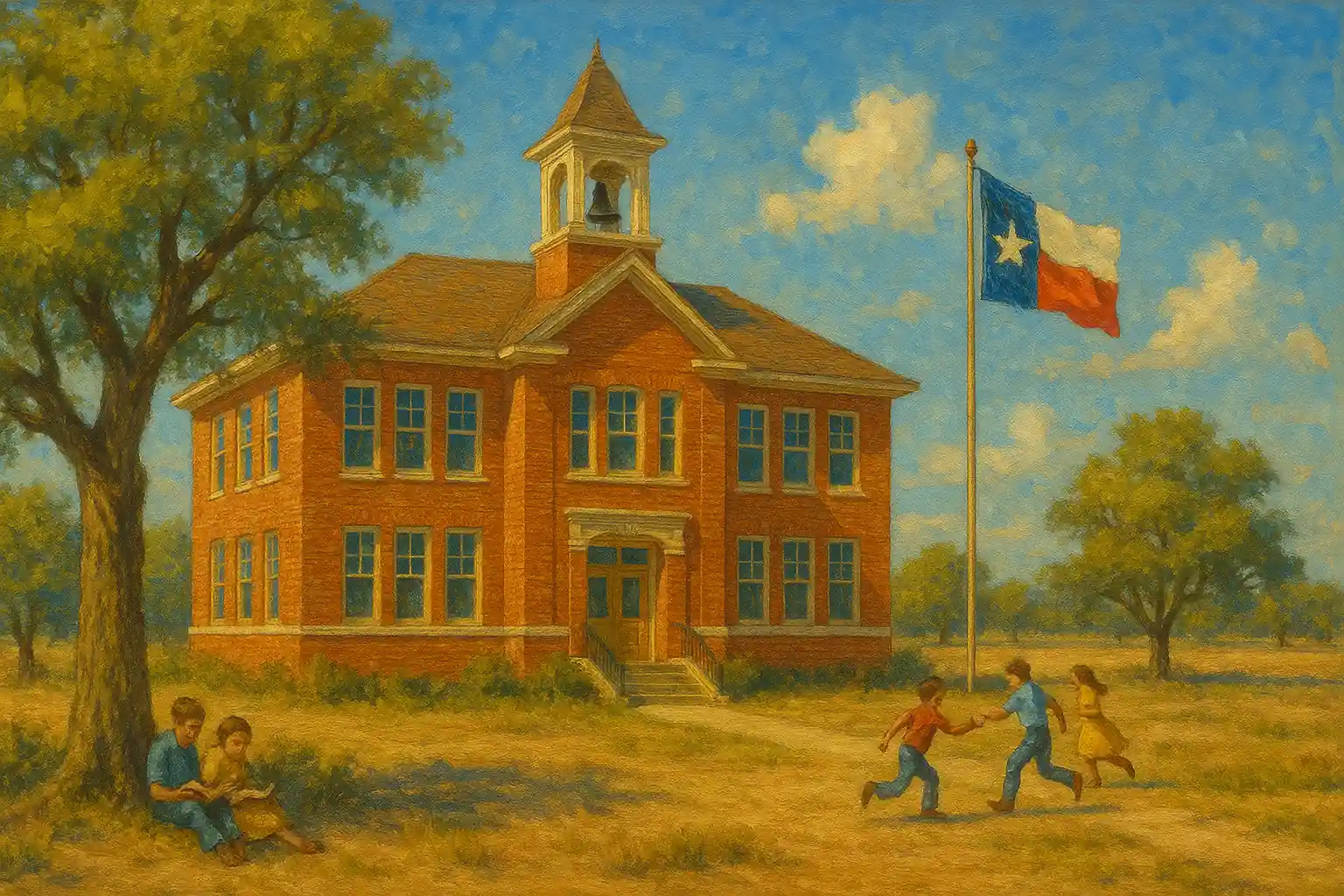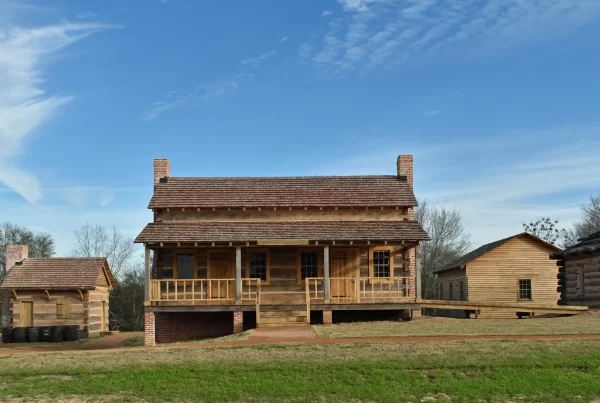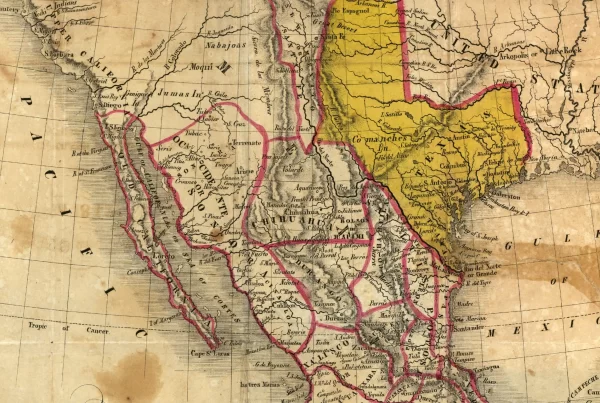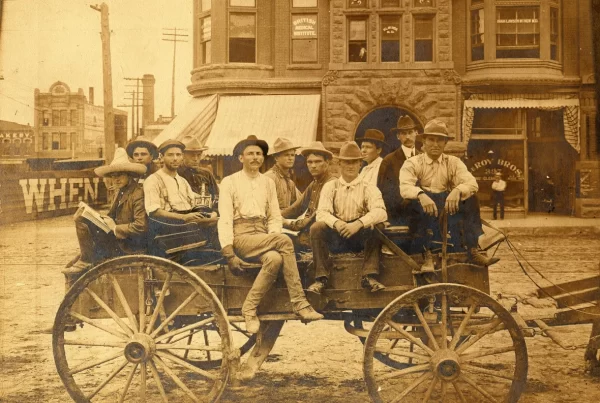In 1999, Texas lawmakers proposed a sweeping constitutional amendment to fix the state’s deeply flawed school finance system. Despite bipartisan support and backing from Governor George W. Bush, voters rejected the measure at the polls.
This article explains what the amendment would have done, why it failed, and how it shaped future battles over education funding in Texas.
Background: A System Under Pressure
By the late 1990s, Texas’s system for funding public schools was under constant legal and political pressure. Known informally as “Robin Hood,” the system required wealthy school districts to share local property tax revenue with poorer districts to ensure more equitable funding statewide.
This arrangement had been mandated by a series of court rulings, most notably Edgewood Independent School District v. Kirby, which found that vast funding disparities between districts violated the Texas Constitution’s guarantee of an “efficient system of public free schools.”1
But while the Robin Hood model narrowed those gaps, it remained unpopular—especially among suburban and property-rich districts that resented sending millions in tax dollars to other parts of the state. By 1999, pressure was building to find a more permanent, politically palatable solution.
The Amendment Proposal
To address these concerns, the Texas Legislature passed House Joint Resolution 44, proposing a constitutional amendment to:
- Allow a statewide property tax of up to $1 per $100 of valuation specifically for school funding, a departure from Texas’s long-standing ban on state property taxes.2
- Cap local school district property taxes at $0.15 per $100 valuation, shifting most of the funding burden to the state.
- Replace the Robin Hood system with a more centralized funding structure intended to equalize funding across districts without direct revenue recapture.
- Offer property tax relief to many homeowners and business owners by reducing local tax rates.
- Increase the homestead exemption and create a dedicated school finance fund in the state treasury.
Governor George W. Bush, then in the early stages of his presidential campaign, backed the plan as a fiscally responsible way to support public education and lower property taxes. It passed the Legislature with bipartisan support and was placed on the November 1999 ballot as Proposition 1.3
Why It Failed
Despite elite backing and promises of tax relief, Proposition 1 was soundly defeated at the polls. Just 43.5% of voters supported it, while 56.5% opposed.4 Several factors contributed to its failure:
- Skepticism of a State Property Tax: Many Texans, especially conservatives, viewed the creation of a state property tax as a fundamental breach of Texas’s anti-tax tradition—even if it came with local tax cuts.
- Lack of Public Understanding: The amendment was complicated, and voter education was minimal. Many voters were unsure what they were being asked to approve.
- Distrust of State Control: Local school boards and communities feared the loss of control that might come with centralized state funding and tax authority.
- Low Turnout: As with many constitutional amendment elections in Texas, turnout was low and skewed older and more conservative.
- Mixed Messages: Some school districts and education advocacy groups opposed the measure, arguing it failed to provide long-term equity or guarantee adequate funding.
In the end, voters rejected what they saw as a top-down plan with too many trade-offs.
Aftermath and Legacy
The defeat of Proposition 1 was a major setback for Governor Bush and for efforts to overhaul school finance through constitutional change. With the rejection, the Robin Hood system remained in place—and continued to spark lawsuits and political fights for the next two decades.
In later years, the Legislature tweaked the school finance system through statutory changes rather than constitutional amendments. Major overhauls occurred in 2006, 2011, and 2019, but they preserved the basic structure of state-local sharing and limited tax rate controls.
The 1999 vote stands as a reminder of how difficult it is to pass sweeping tax-related amendments in Texas—even with broad political support. It also marked the end of serious efforts to introduce a state property tax, which remains constitutionally prohibited.
Why It Still Matters
The failure of the 1999 amendment revealed deep voter resistance to perceived centralization and new state tax authority—even in service of equitable education funding. It also highlighted the challenges of explaining complex tax reforms in low-turnout elections.
Today, Texas still grapples with school funding inequality, local property tax burdens, and legal challenges to the current system. The 1999 proposal remains the closest the state has come to solving the problem at the constitutional level—and the clearest example of how quickly consensus can unravel at the ballot box.




